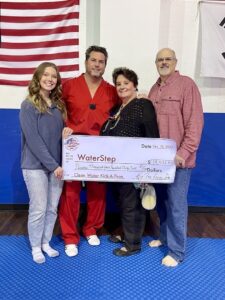

As an international organization, we at WaterStep are accustomed to disaster relief work on an international level. We have responded to disasters in Costa Rica, Haiti, Pakistan, India, and most recently the Philippines. Our recent work in the Philippines after Typhoon Haiyan led us to an inspired group of people who were desperate for a way to take their access to water into their own hands. Check out our Facebook page to see individual albums of people who installed and are maintaining their own water purification system through our training.
As you may have heard, the government declared a state of emergency in Charleston, West Virginia, after a Freedom Industries tank spilled a toxic chemical that is used to process coal, contaminating the municipal water supply. The spill left an estimated 300,000 people without safe water to drink.
Friday morning, we were contacted by the National Rural Water Association asking if we could respond in any way. We planned to respond by setting up a water distribution center capable of providing safe water for up to 10,000 people, and contacted West Virginia Rural Water Association (WVRWA) to coordinate. Immediately, we began assembling a team and the necessary supplies in order to arrive in Charleston, West Virginia the next day.
Shortly after, WVRWA contacted us to let us know that because a state of emergency had been declared, water bottles would be supplied instead of alternative solutions and our technology would not be needed. We decided to send a team to observe the disaster relief efforts, anyway. Upon arrival, we realized that bottled water was being distributed to those in need around the affected areas, and those areas felt much less like disaster relief zones than our previous work. As you can see in our photos, water bottles were being delivered in masses and no one seemed to be concerned about their access to water.
In the United States, our citizens are well taken care of by a government that is prepared for disaster relief and our water bottle industry. This minimizes panic in the face of disasters compared to the reactions of people in other countries. While reports Monday morning were expecting a return to normal water supply soon, the water has not yet been approved as safe to drink. The West Virginia Gazette reported that Federal Emergency Management Agency would supply an estimated 3 million liters of water over the course of the week.
In the midst of this lack of water, we were compelled to ask the question: Are water bottles truly the best option? With millions distributed in just days, the negative environmental impact was evident. Additionally, we wondered what the next step would be if and when the water bottles ran out. Our friend Charles Fishman writes in The Big Thirst, “In a crisis, even in a pinch, bottled water will not save us.”
Below, our chart puts our water solution into perspective. We compare one 747 jet plane, sent to the Philippines disaster zone loaded with 325,000 water bottles, with WaterStep’s Water Disaster Kit.

The same comparison is viable with disaster relief work here in America. Bottled water is simply not as efficient.
As the discussion continues over disaster relief, WaterStep continues to look for sustainable, environmentally-friendly solutions to water access both in developing countries and here in our own backyard.
What are your thoughts? Connect with us on Twitter, Facebook, Instagram, and Pinterest to join the conversation.
More News on West Virginia Chemical Spill:
NBC News
New York Times
Time
Associated Press



